History/driving impressions originally published in AutoWeek October 22, 1990; republished by the author
Growing up in the ‘60s, you were a Ford guy, a Chevy guy, or maybe – if you are real free thinker – a Chrysler guy. But nobody was an American Motors guy – or at least would admit to it very loudly.
The Javelin, American Motors had hoped, would change that.
It should have. The Javelin handled as well as the pony herd, had good brakes and a nifty new thin-wall casting V-8. And Javelin was the prettiest thing from Wisconsin since the Cheese Queen.
Other than Dodge’s 1970 Challenger, which was really a Barracuda that joined the Dodge rebellion, Javelin was the last of the pony cars to arrive, debuting in September 1967 as a 1968 model. After the ill-conceived Marlin, the Javelin scored a conceptual bull’s-eye. Like the Mustang, it was based on the floor pan of a compact sedan, retuned and recalibrated and enveloped in a sexy new skin.
Engine choices ran from a secretarial six to a four-barrel carburetor, high-compression 390 CID V8 that would make the live rear axle dance like St. Vitus himself. No, it wasn’t sophisticated, but it was fun.
The shape, attributed to Chuck Mashigan in Dick Teague’s AMC styling studio, was first shown at the National SAE Convention in Detroit in January 1966, as a sporty two-seater called the AMX. Shortly thereafter it was executed in metal by the Italian coach builder Vignale.
With relatively modest alterations, the show car/prototype became the production AMX introduced in January 1968, and with a few more changes – including a stretch to add a back seat – the Javelin of several months earlier.
The styling was exceptionally clean, with smooth, flowing lines, body-contoured bumpers below a simple grille and no fake scoops or gratuitous bulges. A pair of black phony hood scoops were optional; otherwise the hood had indentations with small chrome inserts. It was European enough that the cars were shipped completely knocked down to Karmann in Germany who assembled and sold them as Karmann Javelins.
The dash looked more European as well, with round, deeply recessed gauges that included a big – though not as large as the speedometer – tach. But the vinyl-covered front buckets had minimal bolstering, and the “sports” steering wheel had imitation holes in its spokes. The top sound systems available were an AM/FM radio or AM/8-track stereo.
You could buy a base Javelin for less than $2,500, but this got you the 232 cid six with a single-barrel carburetor and a column-shifted three-speed manual transmission. The 290 cid “Typhoon” V-8, American Motors new engine, was the next step up, with either a two- or four-barrel carb and 9:1 or 10:1 compression, rated at 200 or 225 hp, respectively.
Top of the line was a 343 CID Typhoon that made 280 HP. Interestingly, a floor-shifted four-speed was mandatory with the 225-horse engine, but a column- or floor-shifted automatic was available on the 343 and the two smaller engines. The new 315-horse “AMX 390” became available in mid-year. And American Motors put its engine badges on the rear fender instead of the front, like everyone else, which seemed odd rather than distinctive.
Nevertheless, the Javelin was an immediate hit, with 55,124 sold the first year out. That year, American Motors turned a profit for the first time since 1965. So it returned with more of the same for ’69, mostly changing stripes and trim. In mid-year the Big Bad Javelins had bright orange, green or blue paint, even on the bumpers (well ahead of AMG), SST package, SST meaning Super Sports Touring but primarily consisting of more trim and comfort items.
The 290 four-barrel, though base engine in the AMX, seems an anomaly in the Javelin, costing $250 with mandatory four-speed, while the “GO Pack” cost only $16 more and included the 280-horse 343, front disc brakes, E-70 tires and the handling package. There wasn’t even a weight penalty with the 343, as it had the same block as the 290. The 290’s 225 horses were reputed to be underrated, however, making the engine an “insurance special.”
A 1969 Javelin acquired in the mid-‘80s by Charles Gerancher Sr., of North Catasauqua, Pa., had one of the 290 four-barrels. Although fairly basic as ordered new, Gerancher added options while restoring the car, including the side pipes, which were originally available from the factory or dealer-installed. Though most of the dealer literature doesn’t show this option, the Javelin was the only car other than the AMX and Chevrolet’s Corvette available with side pipes.
The side pipes offer no obstacle to entry, which is easy enough, but the steering wheel is too close, something even the optional tilt doesn’t help. Also, the power steering was too loose but the alternative is the standard non-assisted steering or worse, the fast ratio non-assisted steering.
Its rear seat was the largest in the class, which may not have helped the performance image, at least in the conventional sense, as did the Hurst shifter – standard with the four-speed box and working well with it.
We didn’t do acceleration tests with the little — for its time – V8 and contemporary road tests focused on the larger 343 (0-to-60 in 7.9 seconds, quarter mile in 15.5 at 90 mph). But cruising with the windows down, the side pipes advertising a slightly lumpy cam, maybe some Lovin’ Spoonful on the eight-track, and suddenly it’s summer in the Sixties. It may not have altered the allegiance of those Ford, and Chevy and Chrysler guys, but it at least earned their respect.
Yet Javelin magic couldn’t last forever. Even by ‘69, despite an increasingly successful racing program, the sporty car’s sales were declining. But it had, along with other performance products, changed the company’s image and, for a time, saved the company. What more could one ask?
Addendum: Mustang, Camaro…or Javelin, which would you have chosen then? Which would you choose now?






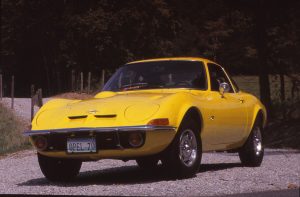
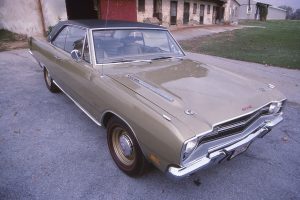
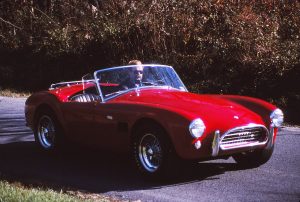
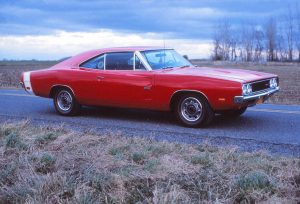
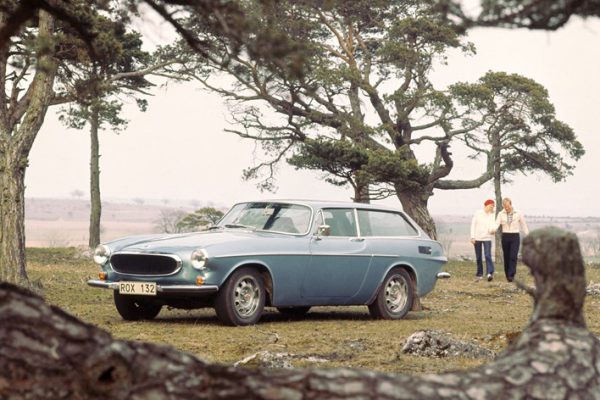
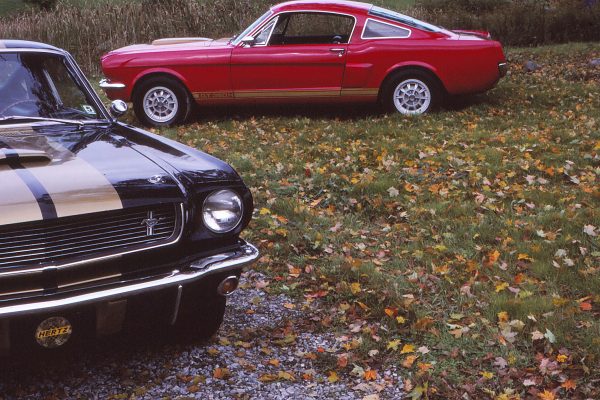
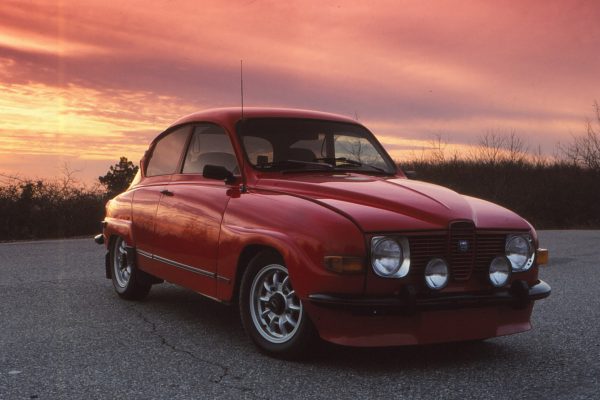
What Do You Think?
You must be logged in to post a comment.